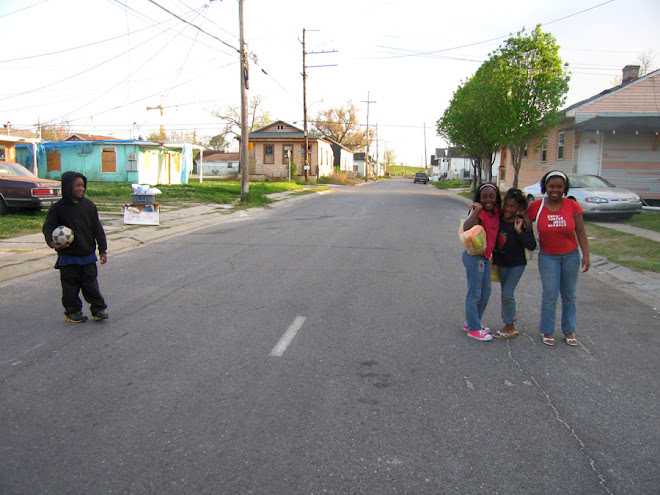



"The history of flooding in New Orleans reveals some fascinating, comforting and unsettling stories. How come I've never heard these stories before? On a visit to the Historic New Orleans Collection, I met with the encyclopedic John Magill, who told me a memorable tale about the Bonnet Carre river crevasse of 1871. A giant break in the levee upriver pushed so much water into the lake that the Hagan Avenue levee broke and flooded areas of the city that were populated then, such as Mid-City, for MONTHS. People resigned themselves to living in their flooded homes, on the 2nd stories or on top of furniture. Food and staples were delivered to them by boat. Like Katrina, this flood was also a media sensation, with reporters from all over the nation arriving in droves to chronicle the event.
An informative paper about the history of drainage can be found here.
An interesting detail: a group of women in 1899 lead a successful battle to pass a tax, heavily opposed by many property owners initially, to fund the creation of the Sewerage and Water Board. The new S&WB's implementations - the pumping system, for one - so improved the sanitation of the city that yellow fever abated, life expectancy instantly increased, and commercial growth boomed. The population of the city almost doubled within the next 25 years.
The other effect of the S&WB and the population boom was that people began settling in some of the lowest areas in the city, where land had become "habitable" because of the new drainage technology. Where did the memory of horrible past flooding go? Some floods happen slower than others, allowing more evacuation time and less loss of life supposedly in the 1871 flood, the waters rose about 1 foot every 36 hours.
How will we remember Katrina in 30-40 years? How will it affect where we continue to live and how we live?
During the May rainstorm flood of 1995 I lived near this installation. My car flooded over the engine. I called work to let them know I wouldn't be in, and no one knew there had been a flood! They all lived in higher areas. The water during Katrina, only 10 years later, was 7 -8 feet deep around this corner, maybe more. This neighborhood is always impacted by floods, yet the people and the businesses return. Broad St. is a busy thoroughfare, with cops passing constantly on their way to the courts and the jail. A local guy, "Sergeant Joe," stopped and talked to us about his Katrina and other flood experiences, on his way home to celebrate his birthday. I hope the colors in the piece attract attention and get more people interested and aware of the long history of flood events in the neighborhood." - Courtney Egan
Please visit www.courtneyegan.com




